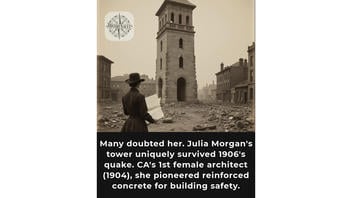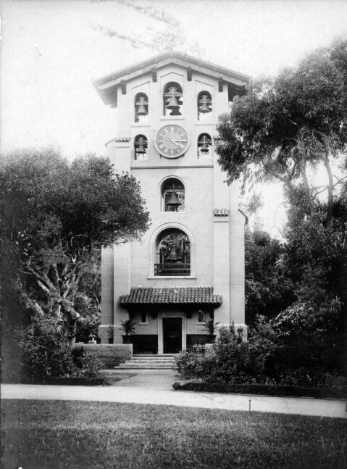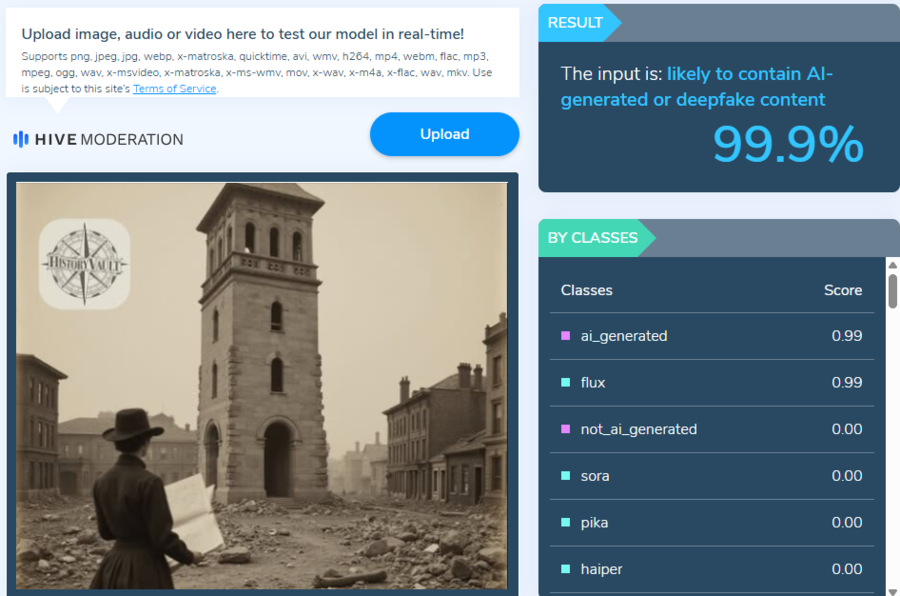
Did California's first female architect Julia Morgan design a reinforced concrete tower in 1904 that survived a 1906 San Francisco earthquake? Yes, that's true: The "El Campanil" bell tower on the Mills College campus in Oakland was undamaged by the magnitude 7.9 quake that devastated the area. The success of Morgan's pioneering use of concrete reinforced by steel was key to propelling her architectural career. The image illustrating a meme making the claim, however, is made by an AI tool and does not accurately depict Morgan or the tower after the quake.
The meme appeared in a post (archived here) published on Facebook by History Vault on May 25, 2025 under the title "#WomenInArchitecture #Trailblazer #HistoryMakers". It read:
Many doubted her, Julia Morgan's tower uniquely survived 1906's quake. Ca's 1st female architect (1904), she pioneered reinforced concrete for building safety.
This is what the post looked like on Facebook at the time of writing:
(Source: Facebook screenshot taken on Wed May 28 16:01:54 2025 UTC)
The story of Julia Morgan is important and inspirational. Her talents, intelligence, and ambition overcame the barriers to women pursuing professional careers in the late-19th and early 20th centuries. This post, however, used a fake -- AI-generated -- image to illustrate Morgan's work. This is an early photograph of the Mills College bell tower that featured an early use of steel-reinforced concrete. It features five bells and a clock in the center, which you do not see in the meme.
(Source: screenshot from teachingamericanhistory.org by Lead Stories)
The tower and woman shown in the meme's image are not real. Hive Moderation's AI content detection tool concluded there was a 99 percent probability that the image was made by AI.
You can learn more about the real story of Julia Morgan in this article titled How the San Francisco Earthquake Ignited Julia Morgan's Architectural Career (archived here.) More details about the El Campanil tower and Morgan's creation of the bell tower can be found on the website of the Society of Architectural Historians (archived here.)

















